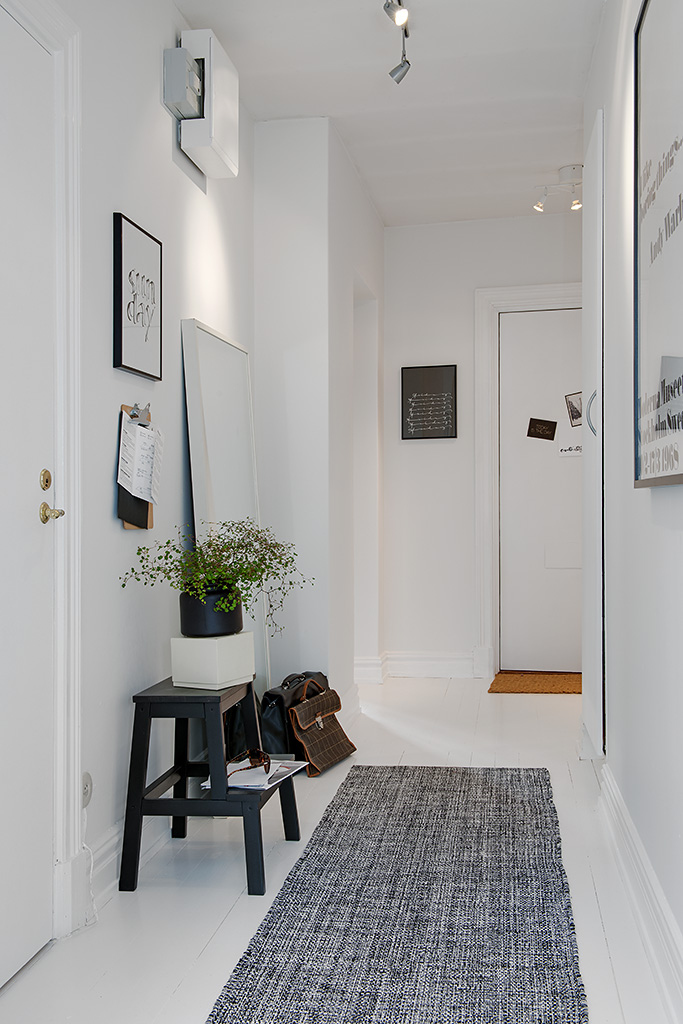Table of Content
- “Medical Home” Model of Care for Complex Medical and Mental Health Needs
- Care Management
- Billing for Chronic Care Management
- How Do Patient Centered Medical Homes and Acos Differ?
- PCC Evidence Report
- Medical homes: cost effects of utilization by chronically ill patients. American Journal of Managed Care, February, 2015.
A final report on the project, which began in 2006 at 36 sites, was also published in 2010. It should allow physicians to share in the savings from reduced hospitalizations. Already have onsite care and interested in what it takes to be accredited by the AAAHC? Keep an eye on our blog for an explanation on how to go through the accreditation process and what it means for your company and your people. The full version of the PMH 2019 vision includes detailed background supporting the ten pillars and supporting recommendations. It is meant to strengthen the key PMH goals and provide an updated set of criteria to strive towards.Download the pdf to read more.

The medical home model of health care delivery is gaining popularity and support from both the public and the private sectors. The medical home is a concept that shifts the focus of care from sick-care to health promotion and disease prevention. The goal of the medical home is to provide high-quality, coordinated, patient-centered care. These services should be "accessible, accountable, comprehensive, integrated, patient-centered, safe, scientifically valid, and satisfying to both patients and their physicians." We analyzed data from the 2016–2017 National Survey of Children’s Health to assess five key medical home components – usual source of care, personal doctor/nurse, family-centered care, referral access, and coordinated care – and their associations with child outcomes. Health outcomes included emergency department visits, unmet health care needs, preventive medical visits, preventive dental visits, health status, and oral health status.
“Medical Home” Model of Care for Complex Medical and Mental Health Needs
The primary care medical home, also referred to as the patient centered medical home , advanced primary care, and the healthcare home, is a promising model for transforming the organization and delivery of primary care. Section 2703 of the Patient Protection and Affordable Care Act also includes an option for states to provide health homes for enrollees with multiple chronic conditions. This provision offers federal support for improving the integration and coordination of comprehensive health care services for Medicaid beneficiaries with conditions such as mental health issues, substance use disorders, asthma, diabetes, heart disease and obesity.

At Vivent Health, we’ve created a Medical Home Model of Care that’s been extremely successful. One of the most valuable lessons has been that doing the right thing is also good business. The following brochures and flyers can help communicate the definition and components of the medical home model to pediatric clinicians and practices. Rarely, when the schedule is light, a doctor can have more in-depth conversations with patients. If there had been enough time, you may have shared that you’re in a toxic, depressing work environment, and that you overeat to cope with stress and emotional issues.
Care Management
The state of Maine provided $500,000 in 2009 for a pilot project in 26 practices. Payment reform is needed to achieve the potential of primary care and the medical home. Patients and their families are also members of the care team and therefore are informed partners in creating care plans. Access and Continuity - Provide the care your patients need—anytime, anywhere. According to data, Vivent Health patients are 50% less likely to visit the emergency room, 52% less likely to be hospitalized, and if they are hospitalized, their hospital stays will be 10% shorter.
Comprehensiveness and Coordination - Build relationships and coordinate care across the medical neighborhood. As a service to our readers, Harvard Health Publishing provides access to our library of archived content.
Billing for Chronic Care Management
Recognizing that patients and families are core members of the care team, medical home practices ensure that they are fully informed partners in establishing care plans. Legislators play a key role in creating and supporting this health care delivery model. As of April 2013, 43 states had policies promoting the medical home model for certain Medicaid or CHIP beneficiaries. States have created pilot projects, reformed payment structures, invested in health information technology, restructured Medicaid provider systems, and included the medical home model in service delivery. The Agency for Healthcare Research and Quality recognizes that revitalizing the Nation’s primary care system is foundational to achieving high-quality, accessible, efficient health care for all Americans.
A new community-based health approach offers follow up care in the home for patients diagnosed with heart failure. And when the hospital systems were overburdened for hospital beds, CMS moved with acute care—or acute hospital care at home program in late 2020. So about five systems quickly ballooned to about 226 hospitals and over 144 health systems who started to provide hospital at home in the national environment at this point. The “how did the affordable care act fail to provide access to healthcare for all individuals? The Affordable Care Act was supposed to provide health care for all, but it failed in its mission.
This white paper describes approaches practice facilitators can take for encouraging primary care practices to undertake quality improvement activities. It presents a framework for engaging primary care practices in QI and provides practical strategies for gaining initial buy-in from practices, maintaining meaningful and sustained engagement in QI efforts, and working with multiple QI programs. We began as a social service organization rather than as a health care provider, so we understand how to comprehensively address the social determinants of health for our patients and clients. We’ve created an outstanding team of professionals; doctors, dentists, mental health therapists, pharmacists, social workers, and attorneys collaborating in real-time to meet all the needs of our patients and clients.

Since the start of the demonstration, CSI-RI sites have implemented a series of delivery system reforms in their practices, aimed at becoming patient-centered medical homes, and in turn receive a supplemental per-member-per-month payment from all of Rhode Island's insurers. Each participating practice site also receives funding from participating payers for an on-site nurse care manager, who can work with all patients in the practice, regardless of insurance type or status. All 5 original pilot sites achieved NCQA level 1 PPC-PCMH recognition in 2009, and all 8 expansion sites achieved at least level 1 PPC-PCMH recognition in 2010. As of December 2010, all of the pilot sites and two of the expansion sites have been recognized by NCQA as level 3 patient-centered medical homes.
That’s because when employees receive this type of care, there are some noticeable differences in their overall experience. Creating clear and open communication among patients and families, the medical home, and members of the larger care team. The PCMH coordinates care across all aspects of the health care system, including specialty care, hospitals, home health care, community services and supports. Provides health care that is relationship-based and actively supports patients in learning to manage and organize their own care at the level the patient is comfortable with. Many smaller practices build virtual teams connecting themselves and their patients to providers and services in their communities.

This is why we assign each person a team of their own, often comprised of a pediatrician or primary care doctor, psychiatrist, case manager, occupational therapist, and behaviorist. Spartanburg Regional Healthcare System is dedicated to providing patient-centered care to communities we serve. In addition to that, your focus on biometrics, Wi-Fi-enabled technology and this technology investment—so all of those could be done with a vendor. Now, compare that to what is traditional hospital readmission rates in a 30-day period, which is more than double that, and then mortality rates are much higher.
Public sharing of quality and safety data and improvement activities is an important indicator of a complete commitment to quality. "Neighbors" in the medical neighborhood include the medical home, specialists, hospitals, health plans, and other stakeholders. This paper describes how these neighbors could work together better, thus allowing the medical home to reach its full potential to improve patient outcomes. Planned Care and Population Health - Use technology to help you be proactive about managing patients’ chronic conditions.
Turn to the AMA for timely guidance on making the most of medical residency. In this episode of the AMA Moving Medicine podcast, learn how burnout affects physicians at different life stages. An overview to Patient Centered Medical Homes for patients from the Patient Centered Primary Care Collaborative . Payment "should recognize case mix differences in the patient population being treated within the practice." Dr. Mac Arthur conceptualized and designed the study, analyzed the data, drafted the initial manuscript, and reviewed and revised the manuscript. Dr. Blewett conceptualized and designed the study and reviewed and revised the manuscript.
The IAs are designed to improve clinical practice or care delivery that, when effectively executed, lead to improved outcomes. According to an audit of health claims data, Vivent Health has saved the health care system more than $100 million in medical costs. Although national accreditation standards are widely recognized, compliance can be expensive and burdensome for states. A few states—such as Maine, Montana and Vermont—are nevertheless using NCQA accreditation.
















